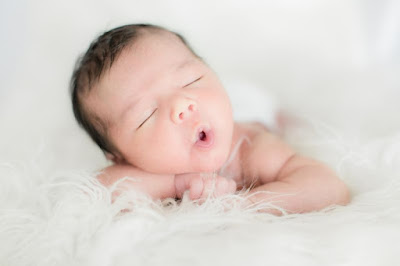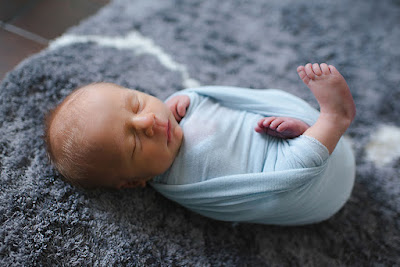Delectable Food Photography Tips for Mouth-Watering Images
Still-life visuals of eatables for commercial purpose are known as food photography. It is used extensively for print advertising, ambient media, menus and cookbooks. Traditionally food was showcased in fine china or neatly laid out in a decorated table. Now the photographer's best friends apart from his loyal gaffers and assistants are the motley crew comprising of the art director, the food stylist, and prop stylist. Yes, armed with this creative crew and a few trade secrets, he can make a splash in commercial culinary photography scene.
Now, let us get into the basics of how to shoot food effectively that leave the consumers craving for more. Even bloggers and chefs can add such delectable pictures to their text and get others readers to understand the nuances of what they eat.
Lights & exposure
Food photographs best in white light. So LEDs, soft boxes, lunchrooms are ideal for this setup. Natural light with a diffuser is great but again timing of day and location can affect it. Kitchen tungsten lights make it yellow or orange and evening light makes it blue. Midday sunlight is the best white. However, that does not mean you can shoot only mid-day, whatever the condition you can white-balance the same. As per the lighting, you can set the exposure compensation. This will help you make your picture darker (if there is bleaching) or brighter (if its dull and gloomy).
Props and stylizing it
Arrangement of food, whether on a plate, a bowl or the kitchen deck is important. Do not crowd the space with too many extra elements like flowers or forks or napkins or champagne flutes. The balance should be pleasing to the eyes can be placed in secondary positions in an out of focus foreground or background as per composition. Attention to detail is a must. There should be a balance in the food shot - the colors, shapes, and textures. One should also apply the concept of leading line and rule of thirds. One can enhance the shot even by using non-food items for a rich look. For example, shaving cream for swirls of edible cream and manufactured steam for piping hot meals.
Angles and macro
One should always shoot food from down close looking up or just about eye level. Beginners shoot food from above which is a inferior way to show food. Macros are to be used if one wants to focus on a particular element. One can shoot from a distance with a long lens that stepping to close to the food. A photographer has to be quick to capture the moment while changing lenses etc. Food tends to wilt or lose sheen and color quite soon.
By adjusting ISO, depth of field as per the conditions one can better the pictures as well. Flash should also be avoided to avoid uneven lighting pictures that may leave the food looking tacky. Ideally, post processing should be gone to add some gloss, liven up the colors, sharpen elements etc. A well-airbrushed food picture is often irresistible!
baby photoshoot | maternity photoshoot | baby photoshoot delhi | pregnancy photo shoot delhi |newborn photography in delhi |kids photography in delhi







Comments
Post a Comment